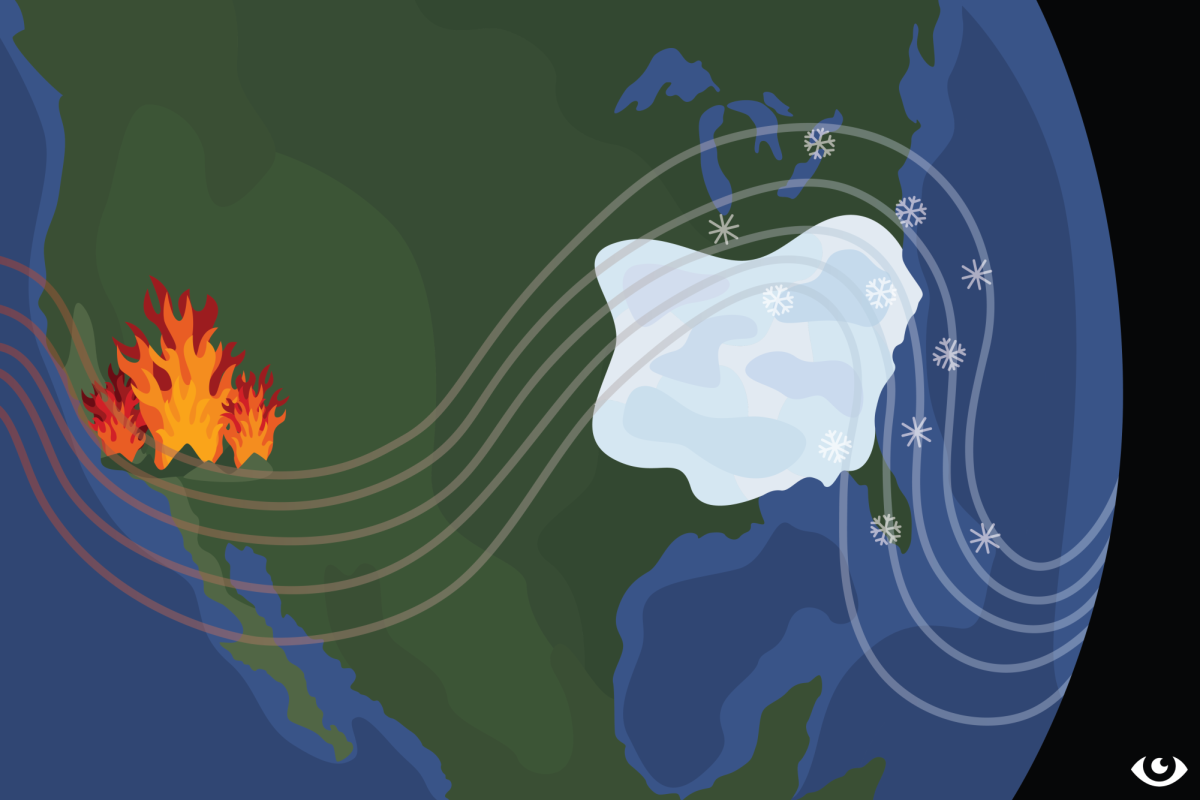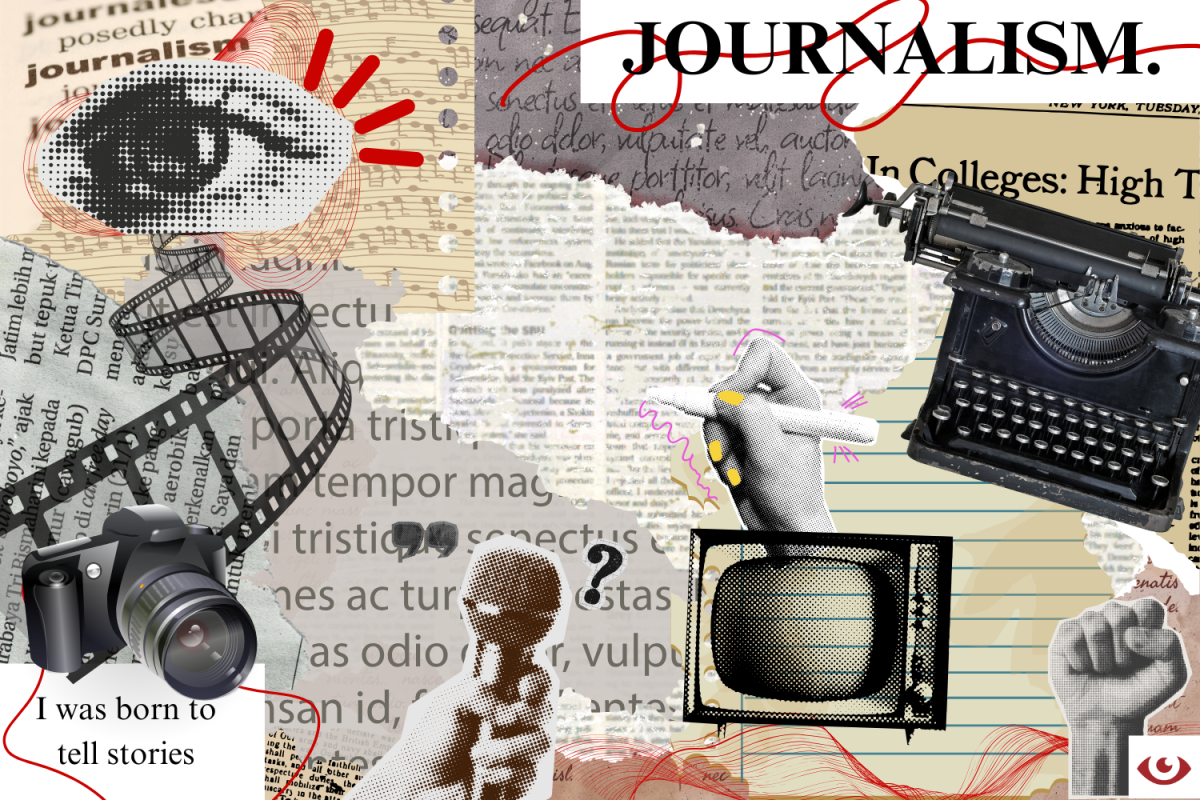“13 Reasons Why” is supposed to be a positive force since it “teaches viewers to watch what they say to the people around them because it can be detrimental and emotionally devastating to some, while possibly not even phasing others,” according to a previous opinion piece on RedEye.
However, the show is ineffective in starting a conversation about suicide in a way that would promote positive change.
According to Moriah Balingit of The Washington Post, the graphic depictions of suicide in this series can lead to a contagion effect. Suicide scenes lead to imitation, especially to those at risk for this behavior.
“Attitudes, beliefs and behavior can indeed spread through populations as if they were somehow infectious,” including, unfortunately, suicide, according to Doctor Paul Marsden, a consumer psychologist, in his article, Memetics & Social Contagion: Two Sides of the Same Coin?, published in The Journal of Memetics: Evolutionary Models of Information Transmission in 1998.
Of course, it is necessary to start a discussion about suicide, as the show aims to do. Selena Gomez, an executive producer for “13 Reasons Why,” said about the subject matter of the show, “more than ever, this should be talked about today.”
Prompting a discussion about suicide, bullying and other issues addressed in the show is very important, but the way the show handled these topics is causing very negative effects.
Already, this show has affected minors in Florida, with multiple students citing “13 Reasons Why” as the reason they harmed themselves according to Valerie Strauss of The Washington Post.
According to the World Health Organization’s Preventing Suicide: A Resource for Media Professionals, those in the media are supposed to avoid sensationalizing or normalizing suicide, avoid detailing the method used in suicide and avoid details about where the suicide takes place.
While this article addresses the reporting of suicide, this advice can be applied to fictional shows as well. The sensationalization and explicit description, or, in this case, actually showing the suicide, are what lead to the contagion effect.
The National Association of School Psychologists said the show “sensationalized treatment of youth suicide.”
If the show had been handled in a different way, it might be able to do what it intended and prevent harm. Unfortunately, this is not the case. Therefore, this poorly-handled series ultimately has more potential for harm than good.
The creators of “13 Reasons Why” were not careful about what they showed to the viewers even though, as 13 Reasons Why has a positive outcome stated, “it can be detrimental and emotionally devastating to some, while possibly not even phasing others.”
It is important for people who feel they are at risk of suicide or self-harm to avoid watching “13 Reasons Why” and utilize the resources available to prevent suicide, such as Suicide Awareness Voices of Education (SAVE), Preventing Youth Suicide: Tips for Parents & Educators, Preventing Youth Suicide and the National Suicide Prevention Lifeline: 1-800-273-8255.






